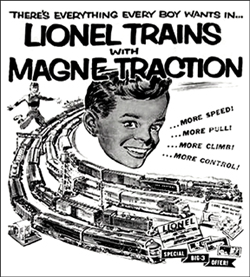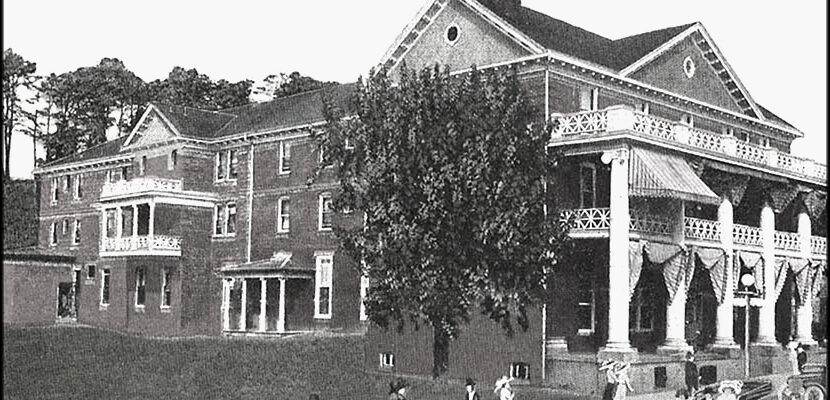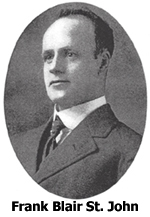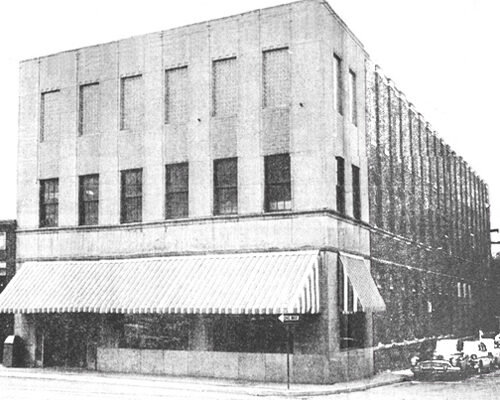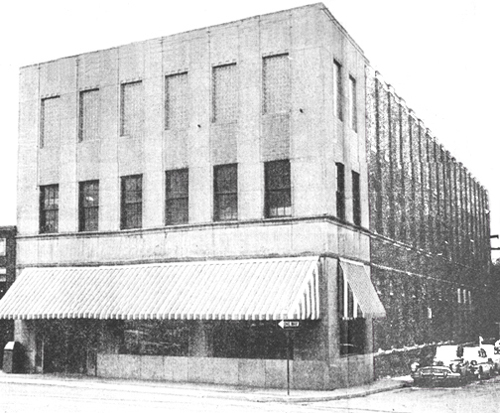The downtown Johnson City I fondly remember in the 1950s-60s was a lively place especially on Saturdays. Between 1962 and 1964, I was a full-time student at ETSU with a part-time job at Frick’s Music Mart (403 S. Roan).
I planned my campus schedule each weekday so I could finish my classes by early afternoon and work at the store until closing time at 5:00. I drove downtown usually before 1:30, parked in the municipal lot and grabbed some lunch at one of the many downtown restaurants before reporting for work. In 1964, there were 73 cafes and restaurants in Johnson City with 17 of them within walking distance of Fountain Square.
Let me name a few: Byrd’s Restaurant (101 E. Market), Guy’s Café (126 W. Market), Lecka Restaurant (119 Buffalo), M&L Café (118 Windsor Way), Main Street Café (111 W. Main), Melody Lane (115 Fountain Square), Miller’s Café (137 W. Market), Ed’s Town House (101 Buffalo), The Par (105 Fountain Square), Piedmont Café (116 W. Main), Rich Luncheonette (112 Commerce), Sevier Café (115 Fountain Square), Royal Café (109 Buffalo), The Smoke Shop (109 Spring), Tennessee Snack Bar (148 W. Market), Dinty Moore’s Restaurant (121 E. Market), Tip Top Café (114 W. Main) and Victor Café (124 E. Market).
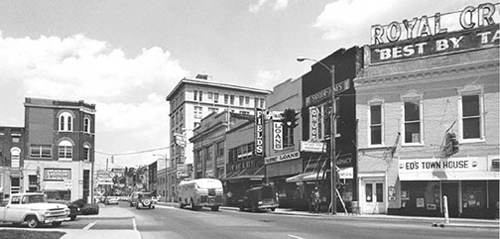
My favorites were Byrd’s, Dinty Moore’s and Ed’s. While I ate at all three over time, it was Ed’s Town House that regularly captured my business. I was usually half-starved upon entering the establishment that was located directly across from the old City Bus Station. Ed occupied the former site of the Boston Shoe Shop.
The proprietor, Everett “Ed” Gass, an Elizabethton resident, was a tall blond middle-aged man with a flattop haircut. He opened up for breakfast at the crack of dawn and closed in late afternoon after the lunch crowd had dwindled. There was not enough activity in the downtown area to justify his staying open after mid-afternoon. While Ed served the customary burger and fry fare, it was his daily “Special” that attracted me. His offering included one meat, two vegetables, bread and a drink of choice. The food was unusually good and reasonably priced at less than two dollars, equating to about two hour’s pay. His hamburgers were equally scrumptious as they were cooked on a flat grill.
The restaurant was small with six to eight tables and a long counter with stools along the left. I usually occupied a seat at the counter. By the time I arrived, the dinner crowd had pretty much moved on. From time to time, I came in late to find that the daily “Special” was depleted, prompting Ed to fix me a delicious meal from scratch.
Gass was a super guy and really appreciated my business. He employed two helpers who waited on customers leaving cooking chores to the boss. Occasionally, the health inspector was there prompting Ed to nervously pace the floor. I frequented Ed's Town House for over two years. After enrolling at the University of Tennessee, I sporadically dropped in on Saturday to eat with him. On one visit, I regrettably found the Town House door closed and padlocked; Ed had gone out of business.
Some time later, I ran into the former restaurateur at the downtown General Dollar Store (104 W. Main) where he was then working. He said the long daily hours eventually caused him to pull the plug on his once profitable business.
I often think back on this restaurant with much fondness, perhaps because I was a famished university student when I entered his place of business each day. Ed’s tasty daily gastronomic “Specials” are firmly deposited in my yesteryear memory bank.

